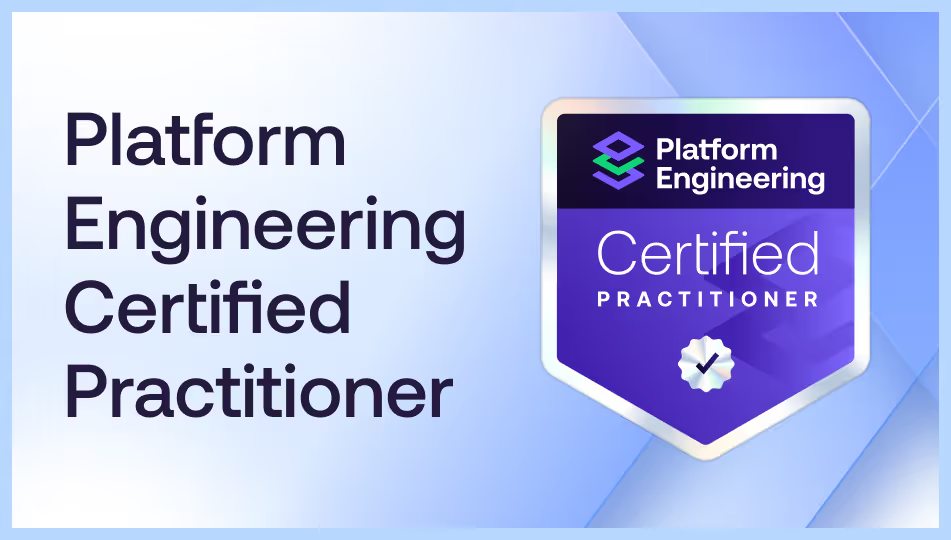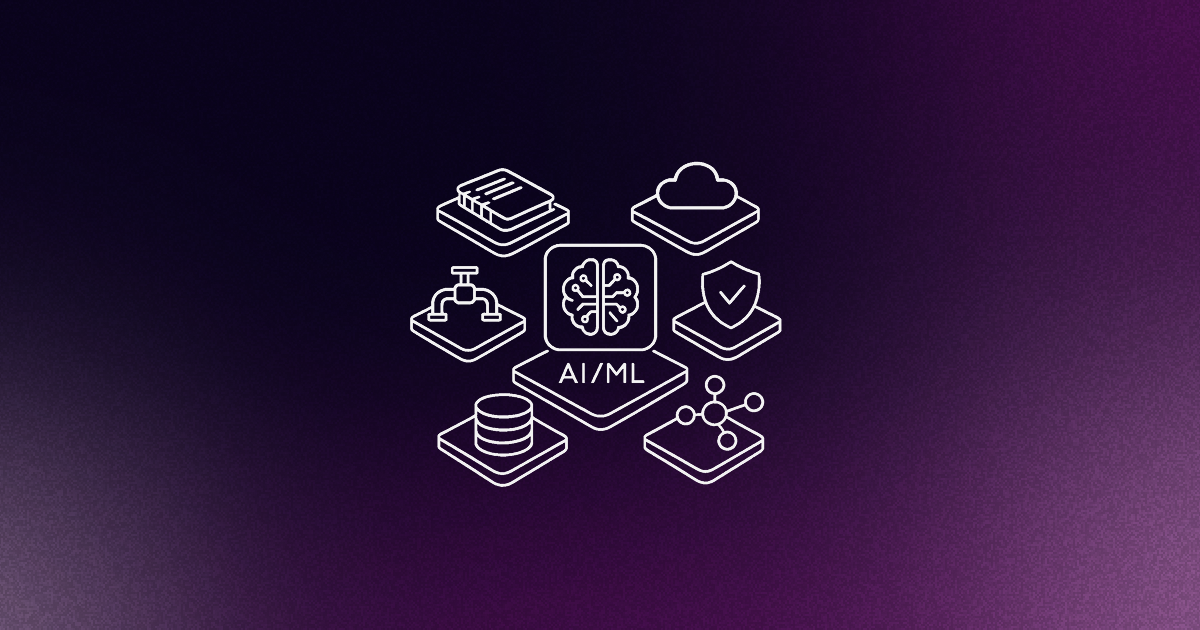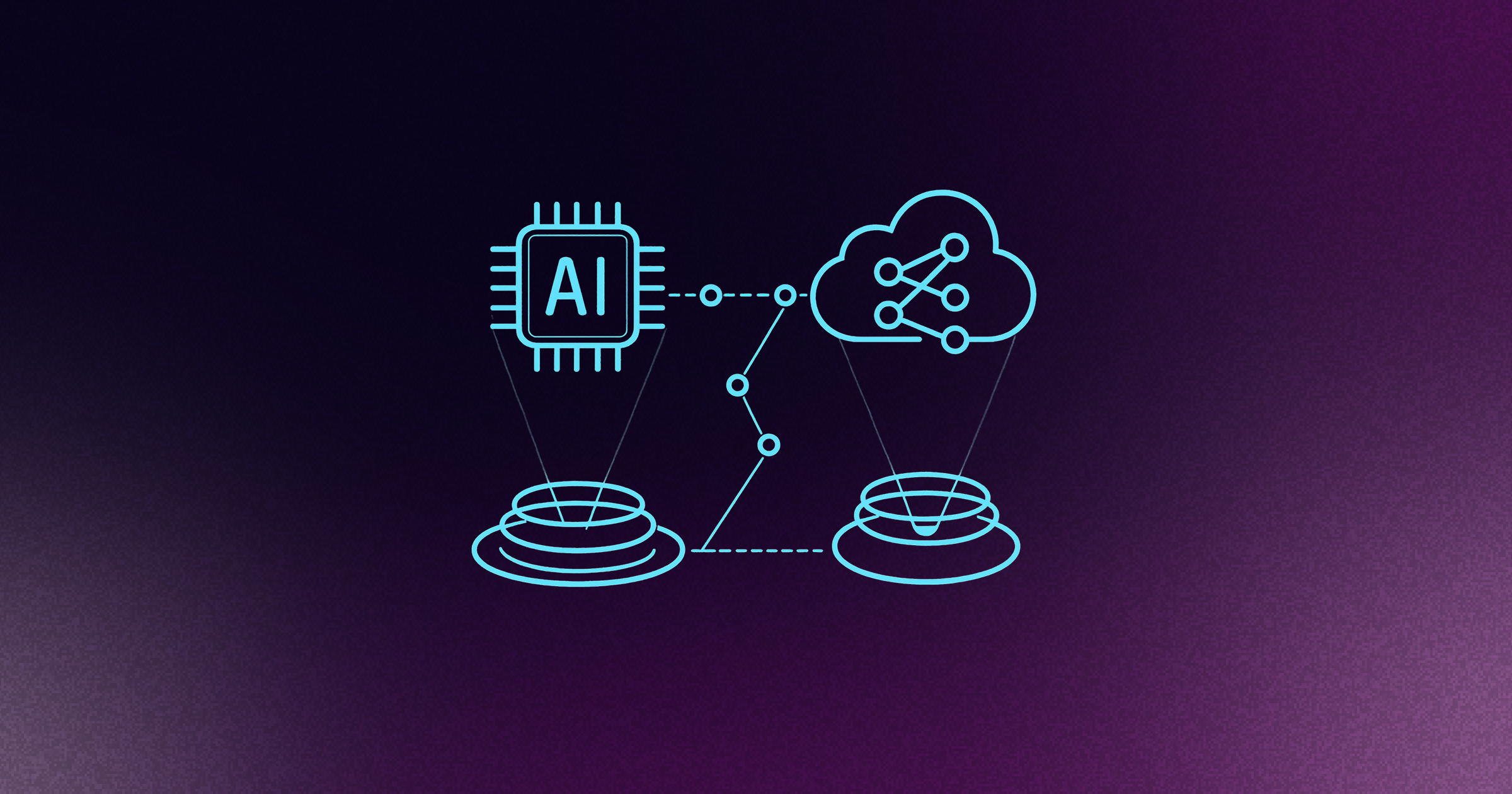Platform engineering promises to transform enterprises with improved productivity, reduced cognitive load, and faster delivery. But despite the hype and heavy investment, many organisations fail to capture these benefits. Instead of achieving outcomes, they find themselves on a "staircase to hell," burning through millions with little adoption. This series explores the primary killers of platform engineering initiatives, beginning with perhaps the most critical: adoption. Even the most technically robust platform is worthless if its customers don’t use it.
Developers are customers: The #1 rule for successful IDP adoption
One of the most fundamental misunderstandings lies in how platform teams perceive their developers. Many inadvertently treat them as passive "users" who will simply consume whatever is built. This mindset is a fatal flaw. Developers are, in fact, customers, and like any customer, they have choices. They can bypass your platform, disregard your carefully crafted golden paths, or even actively campaign against its adoption.
The problem isn't often technical; it’s a customer relationship issue. Platforms frequently fail because they are built in a vacuum, based on assumptions about what developers need rather than active, empathetic listening. True customer discovery involves observing how developers actually work, understanding their daily struggles, and asking questions like, "What job is the developer trying to accomplish?" or "Where do developers get stuck in their current workflow?". It's about removing friction, not simply adding more features.
Note that this is applicable whether your platform's customers are Devs, data scientists, or AI engineers.
Why most teams don’t get adoption: Overengineering
Another common stumbling block is the tendency to over-engineer. Teams often attempt to solve every conceivable technical problem and use case from the outset, aiming for a "perfect" platform that caters to 100% of the organisation's needs. This perfectionism becomes the enemy of adoption and long-term momentum. Such ambitious, multi-year projects fail to demonstrate value quickly, leading to a loss of sponsorship and funding. At the same time, if you aren’t demonstrating value - why would your potential customers bother with your platform? Attempting to just “build and they will come” is doomed to failure.
Successful platform adoption demands an iterative approach: start small, prove value, and build incrementally. The Minimum Viable Platform (MVP) concept, mirroring the Minimum Viable Product in software development, is crucial here. An MVP focuses on a foundational version of your Internal Developer Platform (IDP) that demonstrates value within weeks, not months or years, ensuring scalability without massive early development costs. This allows teams to learn fast and iterate based on real feedback, rather than getting trapped in a "perfection loop". As Luca Galante, Core Contributor to the Platform Engineering community bluntly puts it, “perfect platforms do not exist; useful platforms exist. If you go too big too fast, you will fail. It’s only with an MVP approach, where you can lock in wins fast and early, and can you get the rewards platform engineering promises”.
This is the approach that platform therapist Mallory Haigh has used to build effective platforms at dozens of enterprises over the last 2 years.
Platform engineering is change management
Platform adoption is profoundly a socio-technical and cultural challenge. Developers, like anyone else, are often resistant to change, even when it promises improvement. This means that platform teams must become adept at change management, internal marketing, and sales, or they call on experts who understand these concepts to their core and can translate them for your org.
Things you can action on:
- Engage pioneering teams: Identify early adopters, teams with high business value, significant pain points, or those working on greenfield applications. These "pioneering teams" are critical for building initial advocacy and demonstrating the platform's value.
- Implement a "Bottom-Up-Top-Down" (BUTD) strategy: Start by winning over platform customers at the ground level, building "first fans" by focusing intensely on their specific pain points and proving tangible improvements with metrics. Once these "realities" are established, leverage them to secure top-down advocacy from management and executives, who can then encourage broader adoption using "carrots" (e.g., faster workflows, prioritised support, recognition) and, sparingly, "sticks" (e.g., deprioritised support for non-platform users). This point does not diminish the importance of executive buy-in, they are critical stakeholders, which we will be covering next week. However, executive buy-in does not guarantee adoption.
- Invest in onboarding and support: A predictable, fast, and scalable onboarding process is essential. This "onboarding loop" should include thorough preparation, hands-on training, and continuous refinement based on feedback. Clear, mature documentation and consistent real-time support (e.g., Slack channels, regular Q&A sessions) empower developers and build trust.
- Foster a culture of collaboration and feedback: Psychological safety is paramount. Developers must feel empowered, included, and supported, not forced. This means co-designing infrastructure standards, offering opportunities for inner source contributions, and actively listening to their feedback to shape the platform's evolution.
- Learn the foundations of platform engineering: If you do not fully understand platform engineering fundamentals, then you will never be able to succeed at delivering on your orgs platform engineering goals. This includes things like Platform as a Product, golden paths, Frontend vs Backend, and shift down not left.
Conclusion
Ultimately, you achieving your goals hinges on understanding that the true success of platform engineering isn’t just the technical components of your IDP, but the cultural reframing it brings. Adoption is not automatic; it results from a platform designed with and for its customers, addressing real pain points and making daily work easier and more efficient. Enterprises that overlook this product-centric mindset will see initiatives struggle, regardless of technical prowess.
If your organization faces these challenges, our training and advisory programs, led by experts like Mallory, help accelerate adoption, align platforms with developer needs, and avoid costly stalls. With proven frameworks and tailored strategies, We equip teams to build platforms that deliver lasting value.
Thriving platforms are built on empathy, iteration, and trust. In the next parts of this series, we’ll explore further pitfalls, from technical missteps to competing stakeholder demands.












